Got some leftover pork tenderloin in the fridge? It’s a versatile cut known for its lean texture and mild flavor. Perfectly cooked pork tenderloin is a well loved dish, but reheating this lean meat without drying it out or overcooking it can be a bit tricky. Not to worry, though! In this guide, we'll walk through seven different methods to reheat your pork tenderloin. There is no one best method. The one that will be best for you depends on how much time you have and how much meat you need to heat up, along with what equipment you have and how you cooked it initially.
No time to read now? Pin it for later!
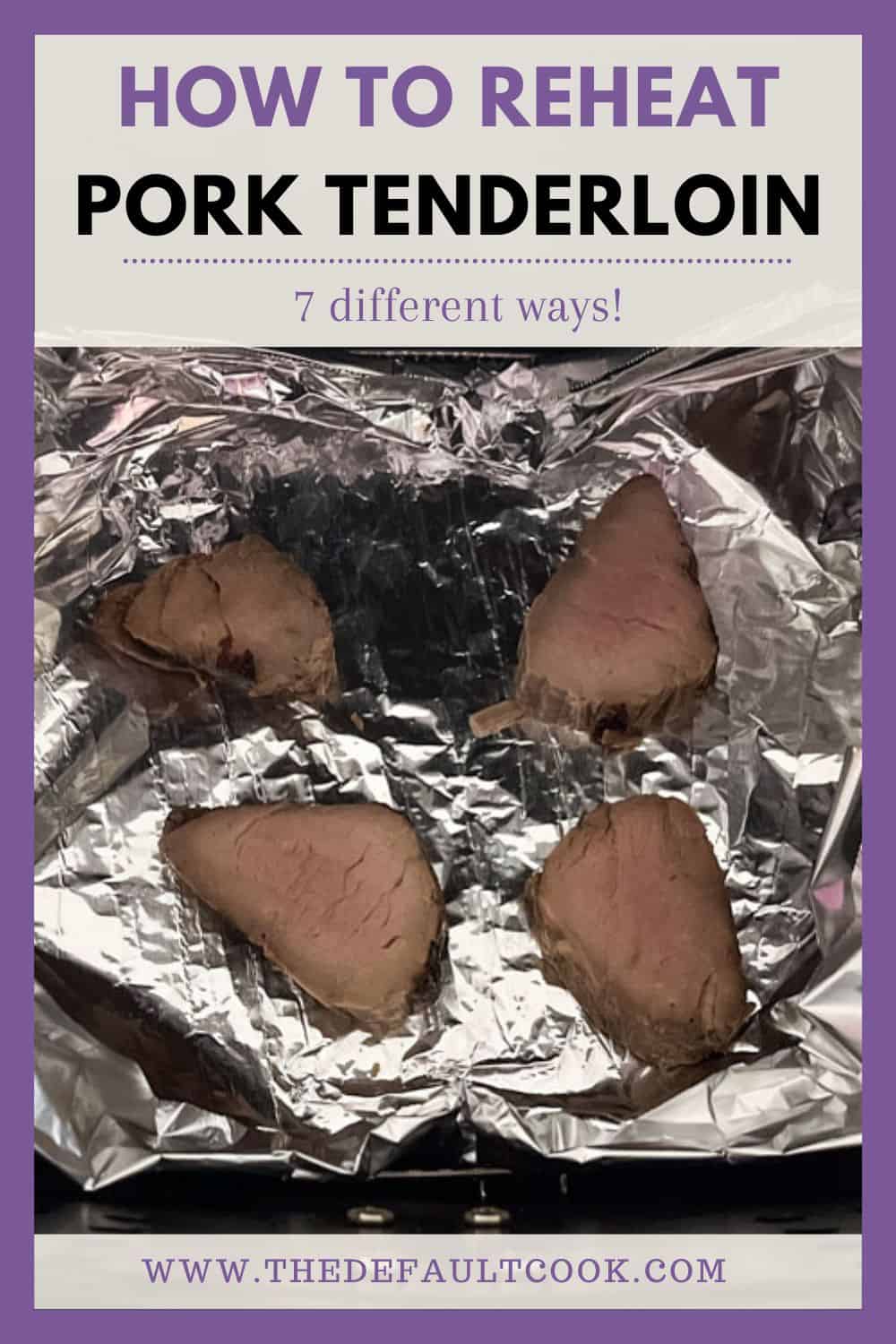
We'll start with the fastest method and end with the slowest (spoiler alert, it's your slow cooker). For reference, I was reheating slices about ½" thick that had been previously cooked in the sous vide. Because of that the goal was to reach a temperature of about 140 degrees. While 145 is the typical recommendation for pork, we are dealing with leftovers that are safe to eat cold. That means our goal is to get them back to a pleasant serving temperature without cooking them any further than we need to. If you don't mind things being warmer, then you won't need to watch things quite as closely on the temperature. In that case you can use other tricks to keep moisture in, like reheating with some broth.
Microwave Method
The microwave isn't my favorite method but it is hands down the fastest. Let's be honest, sometimes that convenience makes it a winner! However since it's so fast, it's also very easy to dry it out. Here's how to do it right:
- Place your pork tenderloin slices on a microwave-safe dish.
- Cover with a damp paper towel or a special a microwave splatter cover to keep the meat moist.
- Use a medium power setting and heat in short bursts of 10-20 seconds to avoid overcooking. If more than two bursts are needed, flip the slices for more even reheating.
- Check the temperature with either a thermometer or your finger to gauge if it’s warm enough.
Careful not to overdo it as the meat can become tough. Microwaves vary quite a bit, so always error on the side of less time than more.
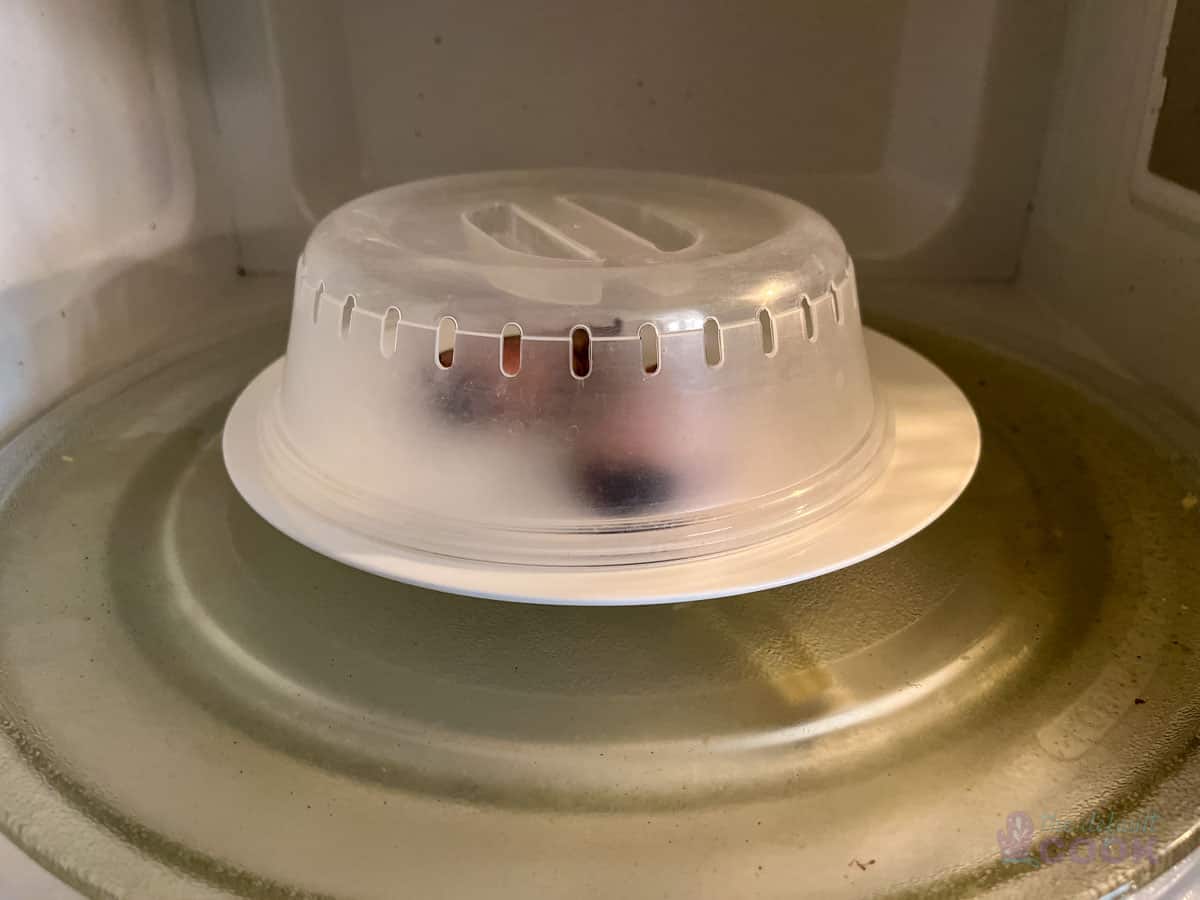
Skillet Reheating
Using a frying pan is a great way to get a quick and flavorful reheat. This is the best option if you're already making something else on the stove top like a pasta dish you want to add your leftover roast pork to. You can also heat it to eat by itself:
- Heat up a skillet on medium heat, adding a touch of olive oil or butter.
- Sear the pork tenderloin for about 30 seconds per side.
- Lower the heat, cover, and let it heat through for another 2 minutes or so.
- Move it to your plate and enjoy!
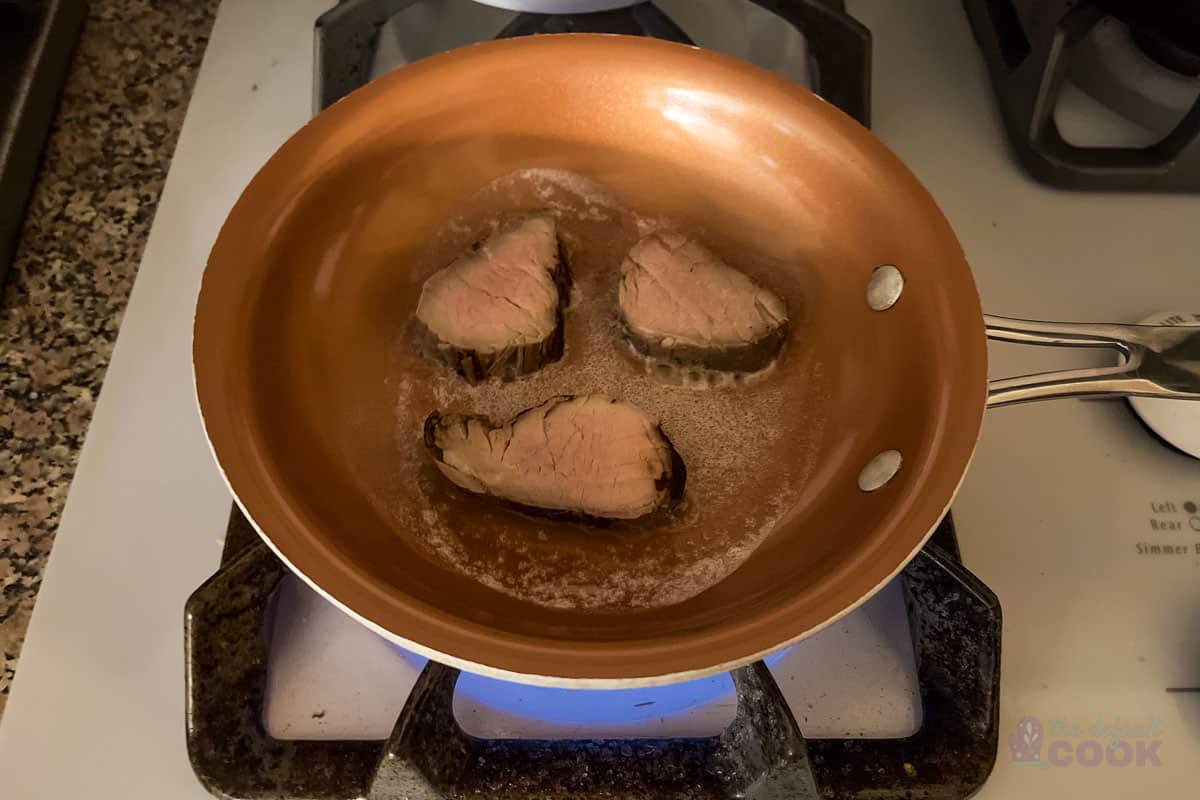
Air Fryer
An air fryer is a fantastic tool for reheating- and takes just a few minutes longer than the microwave with great results. To reheat in the air fryer:
- Preheat your air fryer to around 350°F, or if your model has a reheat setting you can use that.
- Wrap the pork tenderloin in aluminum foil in a single layer. You can optionally add a bit of broth or butter for moisture.
- Place in the air fryer basket for 3-5 minutes, checking on it after 3 minutes. Remember when checking that the foil will be hotter than the meat, so open it carefully. You can use potholders or your meat thermometer probe.
- Once your pork is warmed through, carefully remove the foil packet from the air fryer and serve.
For safety, make sure that the aluminum foil wrapping your pork tenderloin is secure and won't touch the heating element. And if you don't have any foil handy, you can add a tablespoon or two of water or broth into the bottom of your air fryer. This little trick generates a bit of steam as your pork tenderloin warms up, helping to keep those slices nice and moist.
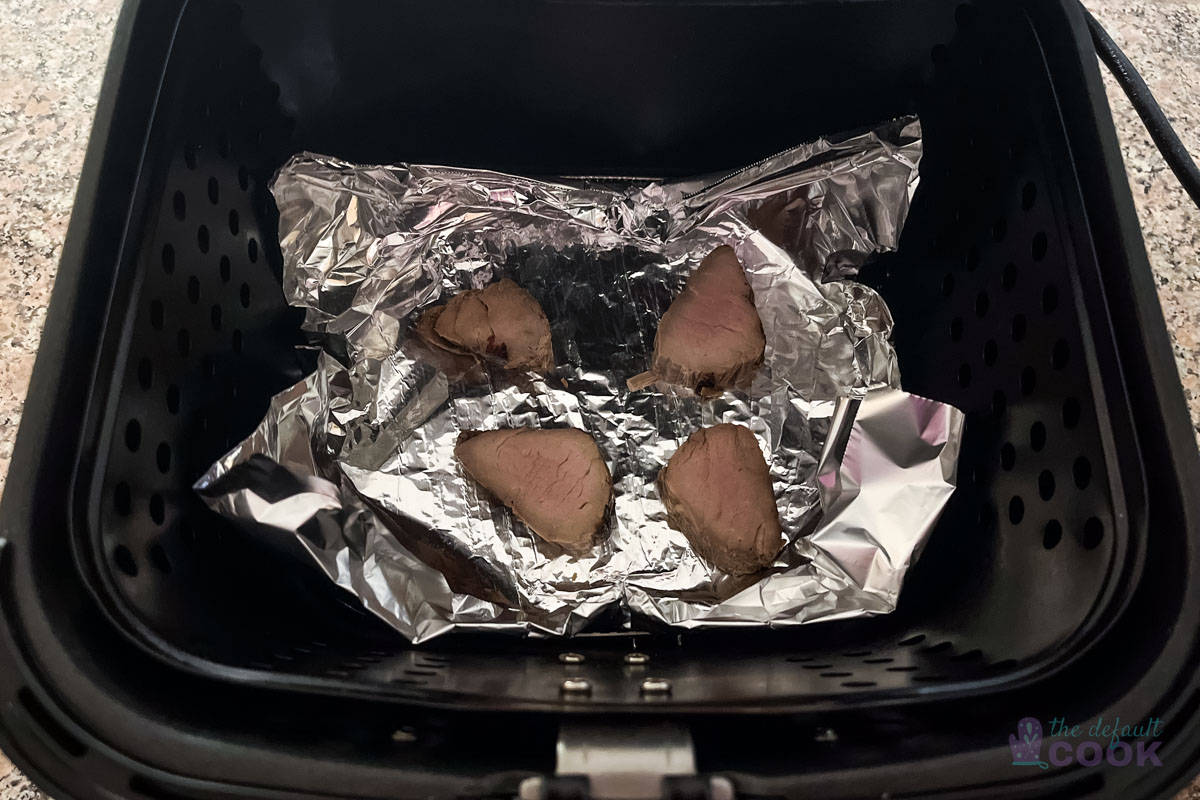
Oven Method
No matter if you have a toaster oven or conventional oven, it's a great option to reheat your pork evenly.
- Preheat the oven to 325°F.
- While the oven preheats, wrap your pork slices in foil, with the slices in a single layer. You can also include a splash of broth, butter, or even barbecue sauce for moisture.
- You can place the foil packet directly on the wire rack, but it's easiest to first place on a baking dish or sheet and pop it in the oven that way.
- Heat for 5-10 minutes, and enjoy once it's warmed through.
Keep in mind convection ovens will cook a bit faster- that circulating air speeds up heat transfer.
Grilling
Grilling is perfect for adding a bit of char, especially if you've already got it fired up for a side dish:
- Preheat your grill to medium heat, between 350 and 400 degrees.
- Wrap your meat in foil and place on indirect heat, not on the flame.
- Grill for about 5-7 minutes, checking for the desired warmth either by using a meat thermometer or unwrapping the foil and checking it by feel with a clean finger.
- Once heated to your liking, serve and enjoy!
Keep a close eye on your tenderloin while reheating to make sure you don't overcook it. If you're reheating a whole pork tenderloin rather than slices, you can reheat that without foil and sear it directly on the flame for a minute- 30 seconds each side- before moving it to indirect heat.
Sous Vide Method
Sous vide is excellent for cooking pork tenderloin to the perfect temperature, and it works the same way for reheating. It's faster than the inital cook, but is a slower, gentler reheating method. Since the water bath holds the exact temperature we want you don't really need to worry about overcooking. That means you can let it go for a bit while you get side dishes ready, and it'll be just as juicy as when you first cooked it.
- Seal the pork in a sous vide bag, either with a vacuum sealer or with the water displacement method. For water displacement, submerge all but the top of a zip top bag and squeeze out as much air as possible before closing it.
- Make sure the pork is submerged in the water bath- pork is a less dense meat so sometimes will want to float even if you did a great job with air removal. If that happens you can use sous vide magnets, or force it under with a wooden spoon secured with a chip clip like shown below.
- Set the sous vide machine to 140 degrees and for smaller pieces let the pork heat for at least 10-15 minutes after the water is heated to get the internal temperature of the pork up to the water bath temperature. For a whole tenderloin, it'll need 20-30 minutes depending on size.
- Carefully remove the pork from the bag and serve. Optionally, you can sear briefly after reheating for a crisp exterior. If you opt to do so, pat the meat dry with a paper towel before searing.
While we can't get it hotter than the water bath, with enough time the muscle will start to break down and negatively impact texture. Typically that won't happen for a few hours, but since we've already cooked this once I'd recommend not going over an hour. For food safety we also don't want to spend a lot of time in the temperature danger zone, which is why I recommend heating to the full 140 degrees here.
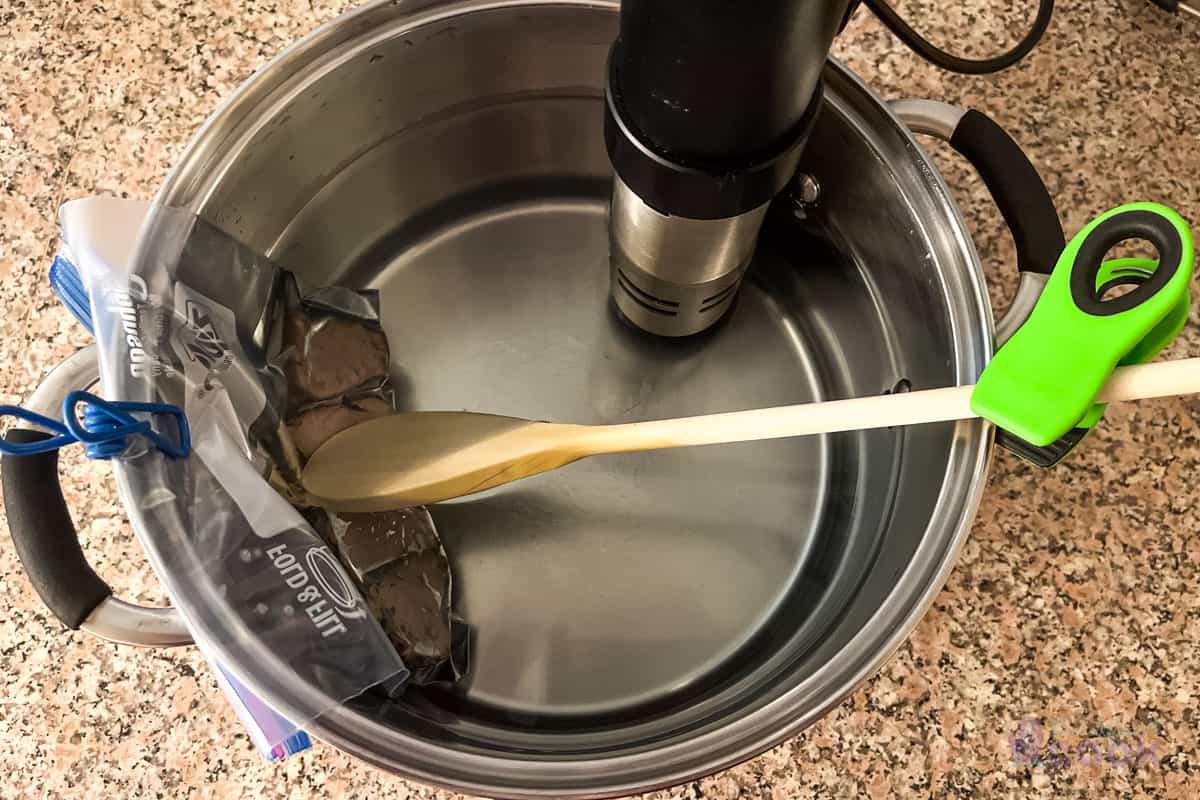
Slow Cooker Reheating
The slow cooker is great for slow, gentle reheating. To reheat in your crock pot:
- Place the pork tenderloin in the crock pot with a splash of chicken broth or your favorite sauce to help it stay nice and juicy. Cover with the crock pot lid.
- Set to low and heat for 1-2 hours.
- Check the internal temperature of the pork to make sure it's nice and hot, and enjoy!
The exact time will depend on both the thickness of your slices and how warm your particular slow cooker runs. Newer crock pots tend to cook hotter than the vintage ones.
FAQs
It depends on the method, but it never hurts to add some liquid when reheating, no matter if that's a favorite sauce, some gravy, or simply broth or butter.
Yes and no- for slices the minute or two it takes to plate your food and get it over to the table is usually fine. If you're reheating a whole tenderloin then the reheat times will be longer and I'd let it rest at least 2-3 minutes before slicing.
In an airtight container in the fridge. If the container is way larger than the amount of pork you have, you can first wrap it in plastic wrap to minimize drying out, and saving the natural juices along with the pork will help as well. It's not ideal to reheat pork multiple times, so when reheating try not to make more than your family is going to eat.
In the fridge it's best to use your leftovers within 3-4 days. If you've frozen your pork it'll be good for 3 months.
The Bottom Line
Each of the reheating methods has its pros and cons, so choose based on your time, equipment, and how you plan to serve the pork tenderloin. Need something to eat with your pork? Mashed sweet potatoes or sweet potato slices are always a great match.

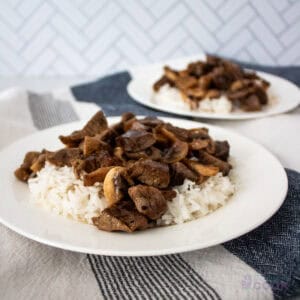

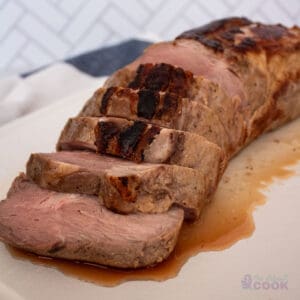
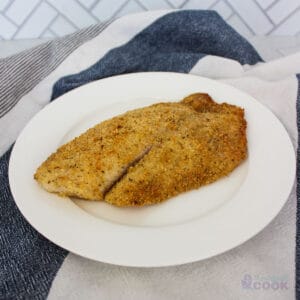
Leave a Reply